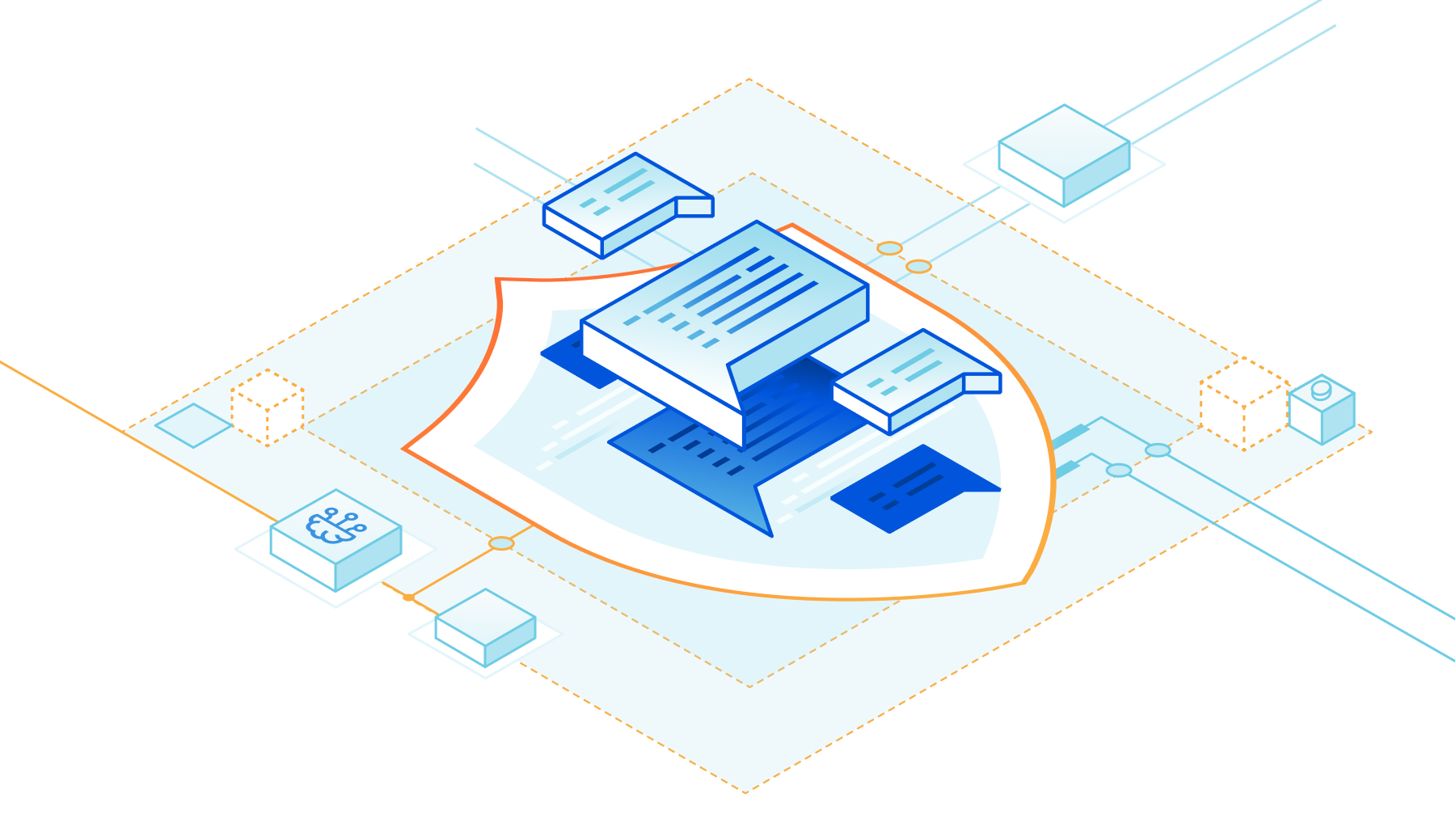I've been dealing with Cloudflare's shit for years, and watching them evolve from simple CDN to "we own the internet" platform has been wild. Started in 2009 as just another CDN, they now run over 60 different services from DNS to serverless computing. Their free tier is genuinely good bait - then their enterprise sales vultures start circling the moment you cross any meaningful traffic threshold.
The Architecture That Actually Works (Mostly)


The key thing about Cloudflare is that every service runs in all 330+ locations simultaneously. Your CDN, security rules, serverless functions - everything happens at the same edge location. This sounds awesome until you're trying to debug why 10% of users in Southeast Asia are getting 520 Connection timed out errors and the other 90% are fine. But when it works, response times are fucking fast because there's no bouncing between different services across continents.
Performance Reality Check
Cloudflare's own benchmarks show them as fastest in 48% of networks globally. These numbers are straight from Cloudflare's marketing department. But in practice, they are faster than CloudFront in most locations I've tested, and definitely faster than Akamai unless you're paying enterprise prices. Performance is noticeably better in Japan if you're serving users there, but your mileage will vary depending on your users' locations.
What You Actually Get (The Good and The Messy)
Cloudflare's platform breaks down into four main areas, and the quality varies:
Application Services are their bread and butter - CDN works great, DDoS protection actually stops attacks (I've watched it tank 50Gbps attacks like they're nothing), but their WAF is trigger-happy and will block legitimate users from fucking Belarus because "suspicious traffic patterns." You'll spend hours tweaking firewall rules to stop false positives.
Zero Trust/SASE stuff is solid if you're replacing a traditional VPN setup. The secure web gateway works, though the interface can be confusing as hell when you're trying to set up complex policies. Good luck explaining to your security team why some random employee can't access Stack Overflow.
Network Services are enterprise-grade but expensive. The SD-WAN features are decent, though not as mature as dedicated networking vendors. You'll pay enterprise prices for enterprise features.
Developer Platform is where shit gets interesting. Workers are genuinely fast with sub-10ms cold starts, R2 storage has no egress fees (fuck you, AWS), and D1 gives you SQLite at the edge. But when Workers crash, the error is just "Script threw an exception" with zero stack trace. Good luck debugging that at 4am.
The Real Platform Consolidation Story
The platform consolidation is real - I've seen companies cut their vendor count from 12 to 4 by moving to Cloudflare. Worked with a SaaS company that cut their vendor costs roughly in half moving to Cloudflare. They were paying around $180K across Akamai, F5, and other vendors, got it down to maybe $85K with Cloudflare Enterprise. But the migration was absolute hell - took them 8 months and they hit every fucking edge case known to man. Their CI/CD pipeline broke for 3 weeks because Cloudflare's API rate limits are way stricter than what's documented - 1200 requests/5min max, but they don't tell you that upfront.
The 238% ROI claim from Forrester is total bullshit - it's a paid study by Cloudflare. In reality, if you're already on AWS and just using CloudFront, the math gets trickier. You'll save money on bandwidth but pay more for features. If you're replacing expensive enterprise vendors like Akamai or Imperva, then yeah, Cloudflare will probably save you money - assuming you can live with their sometimes frustrating debugging experience.
But the real story isn't just about consolidation and cost savings - it's how Cloudflare has positioned itself for 2025's biggest trends: AI at the edge, zero-trust security, and serverless computing. This is where their platform evolution gets both impressive and occasionally frustrating.
For more technical details, check out their architecture documentation, performance benchmarks, and case studies. The Cloudflare blog has deep technical dives if you want to understand how things actually work under the hood.



